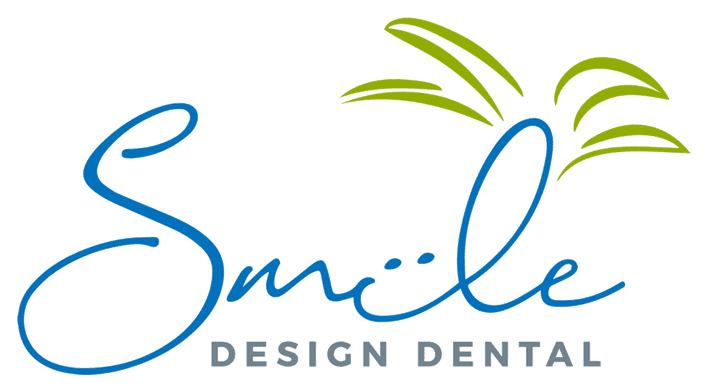
A dental crown is a common restorative solution for damaged, decayed, or weakened teeth. But before committing to the procedure, many patients ask: What is the average cost of a dental crown?
The price of a dental crown can vary widely based on the material used, the complexity of the procedure, and whether you have dental insurance. In this guide, we’ll break down the average costs, factors influencing pricing, and ways to make dental crowns more affordable.
Key Takeaway
The average cost of a dental crown ranges from $800 to $2,500 per tooth. The price depends on the material (porcelain, ceramic, metal, or zirconia), location, and dentist expertise. Dental insurance may cover part of the cost, especially if the crown is medically necessary.
How Much Does a Dental Crown Cost?
Here’s a breakdown of the typical costs for different types of dental crowns:
1. Porcelain or Ceramic Crowns
- Cost Without Insurance: $1,000 – $2,500 per tooth
- Cost With Insurance: $500 – $1,500 per tooth (depending on coverage)
- Pros: Natural-looking, great for front teeth, biocompatible
2. Metal Crowns (Gold, Silver, or Alloys)
- Cost Without Insurance: $900 – $2,500 per tooth
- Cost With Insurance: $400 – $1,500 per tooth
- Pros: Extremely durable, long-lasting, resistant to wear
3. Porcelain-Fused-to-Metal (PFM) Crowns
- Cost Without Insurance: $800 – $2,400 per tooth
- Cost With Insurance: $400 – $1,200 per tooth
- Pros: Stronger than full porcelain, blends with natural teeth
4. Zirconia Crowns
- Cost Without Insurance: $1,000 – $2,500 per tooth
- Cost With Insurance: $500 – $1,500 per tooth
- Pros: Highly durable, metal-free, tooth-colored
Factors That Affect the Cost of a Dental Crown
Several factors determine the final cost of a dental crown:
1. Material Used
The type of material affects both durability and appearance. Gold and zirconia tend to be more expensive than basic porcelain-fused-to-metal crowns.
2. Dentist’s Experience and Location
A highly experienced dentist or a practice in a metropolitan area may charge more than a general dentist in a smaller town.
3. Additional Dental Work
If a root canal or other procedures are required before placing the crown, costs will increase.
4. Dental Insurance Coverage
Most insurance plans cover crowns partially, typically ranging from 40% to 80% of the cost if deemed medically necessary.
5. Type of Crown Fabrication
Traditional crowns require multiple visits, while same-day CEREC crowns may be pricier due to advanced technology but save time.
How to Save Money on a Dental Crown Costs
Even though crowns can be costly, there are several ways to reduce expenses:
1. Use Dental Insurance
Check if your plan covers crowns and whether there’s a waiting period before the procedure.
2. Consider Dental Discount Plans
These membership-based plans provide discounted rates on crowns and other dental services.
3. Visit a Dental School Clinic
Dental schools offer crowns at a lower cost while allowing students to gain experience under supervision.
4. Ask About Payment Plans
Many dental offices offer financing options, allowing you to pay for the procedure in installments.
5. Compare Prices
Call multiple dental offices to compare rates and find the best option within your budget.
Why a Dental Crown Is Worth the Cost
A dental crown not only restores function and aesthetics but also prevents further damage to a weakened tooth. Here’s why it’s a worthwhile investment:
- Protects the Tooth: Prevents fractures and additional decay.
- Enhances Appearance: Improves the shape, size, and color of a tooth.
- Restores Chewing Ability: Helps with proper bite alignment and function.
- Long-Lasting: Crowns can last 10-15 years or longer with proper care.
Final Thoughts: What Is the Average Cost of a Dental Crown?
So, what is the average cost of a dental crown? On average, crowns range from $800 to $2,500 per tooth, depending on material, location, and insurance coverage. While the cost may seem high, investing in a quality crown can protect your tooth and improve oral health in the long run.
Need a Dental Crown?
If you’re considering a dental crown, contact Smile Design Dental to explore your options and get an accurate estimate. Don’t let cost concerns prevent you from maintaining a healthy smile!

